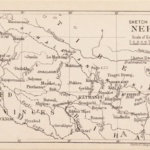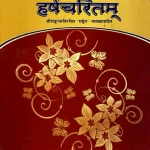
Often lost in the discussion of forts is the beauty of their surroundings or even in the interiors. An impressive geography, delightful artifice, and even colourful artwork can all add to the mystique of a construction known for battles and wars.
Sri Lanka’s Sigiriya Fort is one such landmark. Indeed, in this land riven by ethnic tribulations, it is a gem that brings antagonists together. Our previous articles on Sri Lanka discussed the history and a literary luminary. This next article is an ode to its artistry and geography.
History
Fortresses in Indic Civilization have a storied history. From Chittorgarh and Delhi Old Fort to Devagiri and Kondapalli, they have been the fulcrum around which politics and the fate of civilization itself has often revolved. However, they have also been centres of beauty, architecture, and even art.
“Located in the Matale District of Central Province, Sigiriya Rock Fortress owns a striking geological profile and famous as an astonishing feat of ancient technology and town planning. It is rock plateau rises to a height of about 200 meters above the surrounding plain or 360 meters above the mean sea level.” [1]
Built atop a magnificent hill dominating the plain of the island of Sinhala, Sigiriya Fort is an international landmark. This rock is the site of a fortress that is often ascribed to the Ramayana, but today, is historically attributed to the reign of the Sinhala King Kassapa I.
“According to the literary sources, Sigiriya royal palace complex possess a long way of historical background extended back to 5th Century AC which has been built by King Kasyapa. However, based on the archaeological evidence, and according to the research done by numerous scholars, it appears that the vicinity has existed over several phases through the prehistoric period and historic period.” [1]
Fueling rumours of Raavana’s Rakshasa Palace, Sigiriya’s Sinhalese inhabitants were said to be preceded by ‘Vedda” paleolithic peoples.
Since that time, however, a number of legends have sprung up surrounding this seat of power. Some state that Dhatusena was advised by the magi, and still others assert that it was a place of competition between Mahayana and Theravaadha.
“During the 3rd Century BC, the historical period of Sigiriya commenced with the habitation of Buddhist monks, transforming the site into a monastic settlement as indicated by rock caves with drip ledges and the inscriptions carved on the rock surfaces dating back to 3rd – 1st centuries. The inscriptions record the granting of the caves in the premises to Buddhist monks in order to use it as their residences.” [1]
The Lion Paw Entrance to the greatest rock fortress in the world is undoubtedly awe-inspiring!#sigiriya #heritage #sosrilanka #exploresrilanka #visitsrilanka #srilankatravel #SriLanka pic.twitter.com/gPgvhcrnoF
— Tourism Sri Lanka (@tourismlk) January 26, 2022
The Sinhalese word Sigiriya comes from Simhagiri, or “Lion Rock/Hill”. Hill forts provide natural protection making them excellent sites for defence. Ironically, Kassapa (Kashyapa) decided to meet his rival prince in the field rather than hold the rock indefinitely, in a war of succession. He is said to have had relocated the capital from Anuradhapura to this Royal Resort at Sigiriya.
“In 477 AD, Kashyapa I, the son of a non-royal concubine, seized the throne from his father King Dhatusena, and he was helped in the coup by Migara, the nephew and army commander of the king. Moggallana, who was the rightful heir, realised that his life was in danger, and fled to South India. ” [2]
Kassapa ruled for 18 years. The paintings and the majority of the structures are attributed to his reign.
“As the Culavamsa mentions King Kasyapa ruled the country for almost 18 years with wealth and comfort and also with tight security around the summit. “He collected treasures and kept them there well protected and for the riches kept by him, he set guards at different places. Then he built there a fine palace, worthy to behold, like another Alakamanda and dwelt there like Kuvera” [1]
Though Kassapa I’s imprint remains the most indelible on this geographic gem, there are clear signs and records of contributions preceding and succeeding him.
“Moggallana took back the kingdom which was rightfully his, and shifted the capital back to Anuradhapura, converting Sigiriya into a Buddhist monastery complex. The complex apparently survived until the 13th or 14th century. After this period, there are no records on Sigiriya until the 16th and 17th centuries, when it was used briefly as an outpost of the Kingdom of Kandy.” [2]
Nevertheless, this domain is a tribute to classical indic aesthetics in general, and sinhalese artistic and architectural heritage in particular.
Art & Architecture
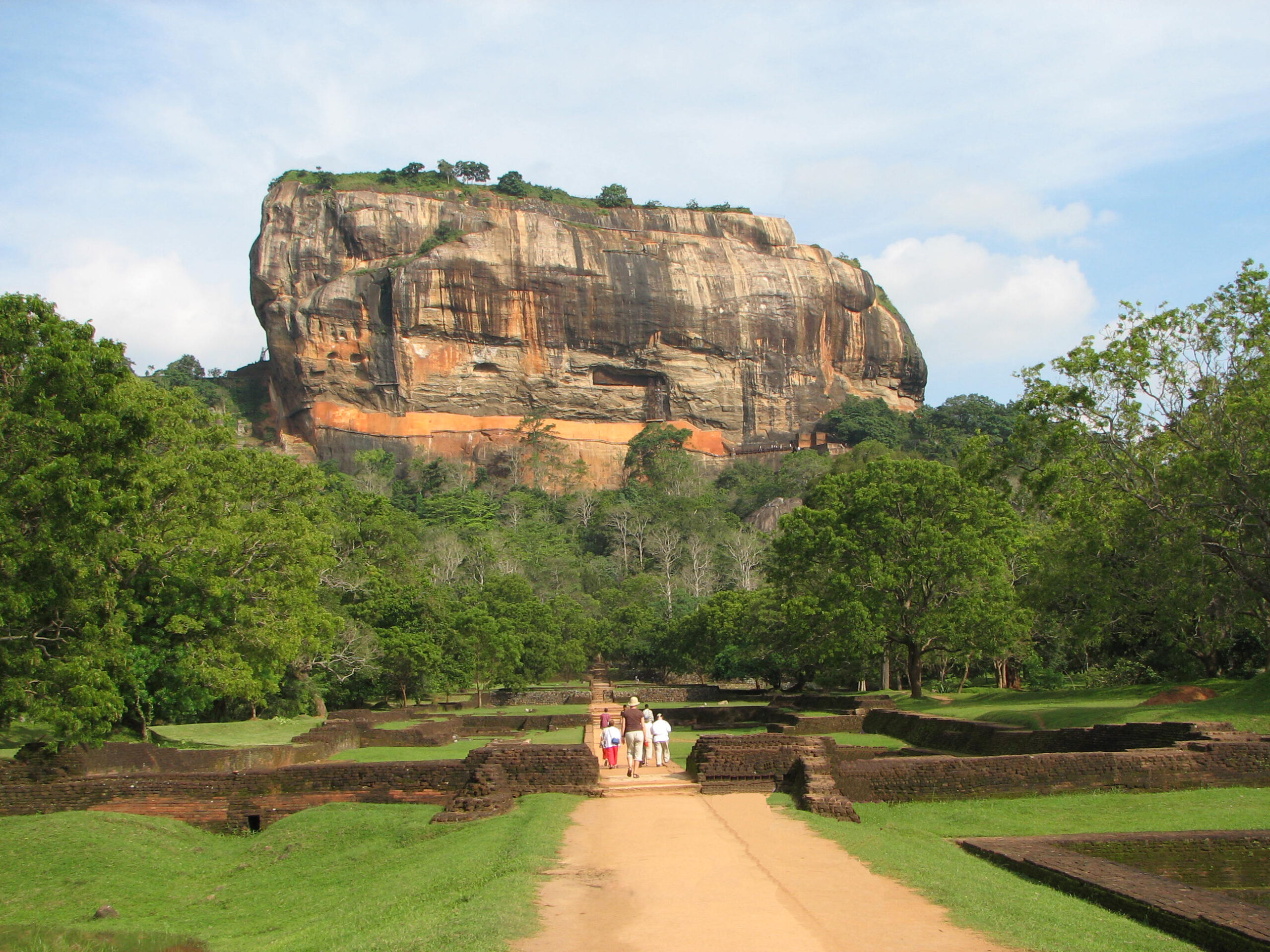
A popular tourist site today, Sigiriya’s rock and fortification is not the only thing that draws visitors. The garden and water tank can be clearly marked out and take this hill fort to Royal resort levels. The 1,200 steps to the summit stand as testament to the architectural journey at this megalithic, monolithic site.
“The magnificent palace complex on the summit of Sigiriya Rock is the center of the Sigiriya complex which is built 200 meters above the surrounding plain. The buildings of the palace have been constructed on a stepped terrain of about one and a half hectares. It is considered the earliest and best-preserved palace complex in Sri Lanka.” [1]
Layout
Lion Rock watching over the canopy 🌳
📍 Sigiriya, Sri Lanka
📸 IG shachargonen@tourismlk #travel #tourism #SriLanka #Sigiriya pic.twitter.com/Im9q5hTcKa— Travel Tomorrow (@TravelTomorrowX) September 18, 2023
“Sigiriya provides one of the best-preserved and most magnificent examples of urban planning in ancient Sri Lanka. Sigiriya complex consists of a royal citadel and an elaborately laid-out city, with ramparts, moats, gateways, gardens date back to the Kasyapan period. The entire palace is centered on the massive Sigiriya rock surrounded by two large city zones as an inner-city (citadel) and the outer city and also by a garden zone. The urban plan of Sigiriya city is encircled with double moat and triple ramparts extending to the east and west.” [1]
An outstanding construction atop a hill dominating central Sri Lanka, Sigiriya’s layout is both elegant, yet practical. It is well supplied with water via central tank, and has an additional moat to boot. This makes possible the verdant garden crowning a sheer granite rock.
“The modification of Sigirya as a fortified city under the rule of King Kasyapa (477-495 AC) sta[r]ted the golden landmark in the history of Sigiriya along with architectural buildings, paintings, hydraulic engineering, and so on. ” [1]
Often ignored is Indic Civilization’s tradition of gardening. Sigiriya stands as Sri Lanka’s own contribution to this.

“The Sigiriya landscape is adorned with three distinct garden types; water gardens, terraced garden, and boulder garden. They are unique in design and can be regarded as the oldest surviving large-scale garden forms in Asia” [1]

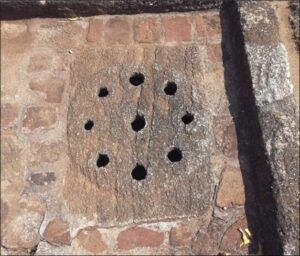
The hydrology and hydraulics of this Complex stand as a marvel of the era. Not only are canals and tanks clearly seen, but drains in the brickwork are clearly delineated. There are cooling systems as well as water control systems, achieved through a system of terracotta pipes and sluices.
Paintings

If authentic Indian art brings thoughts of Ajanta and Lepakshi, then Sri Lankan art brings to mind the beautiful paintings of Sigiriya.
“Ancient graffiti on the Mirror Wall refers to the existence of about five hundred frescoes covering a large section of the western surface of Sigiriya Rock. Today one can observe small fragments found in two slides on the rock surface, depicting about twenty-one female figures of immense beauty known as Apsaras.” [1]
On a lithic canvas of 140 metres x 40 metres, the Apsaras of Sigiriya bring to mind the Apsaras of Ajanta and beyond. One can see a spectrum of civilizational continuity from the Telugu Pallava paintings in Panamalai to the topic of today’s discussion.

The cave paintings of this site are some of the most ancient and indelible in the world.
It is astonishing that these (now restored) murals could have lasted for over a thousand years. They are a testament to the skill and vision of the painters of these land at that time.
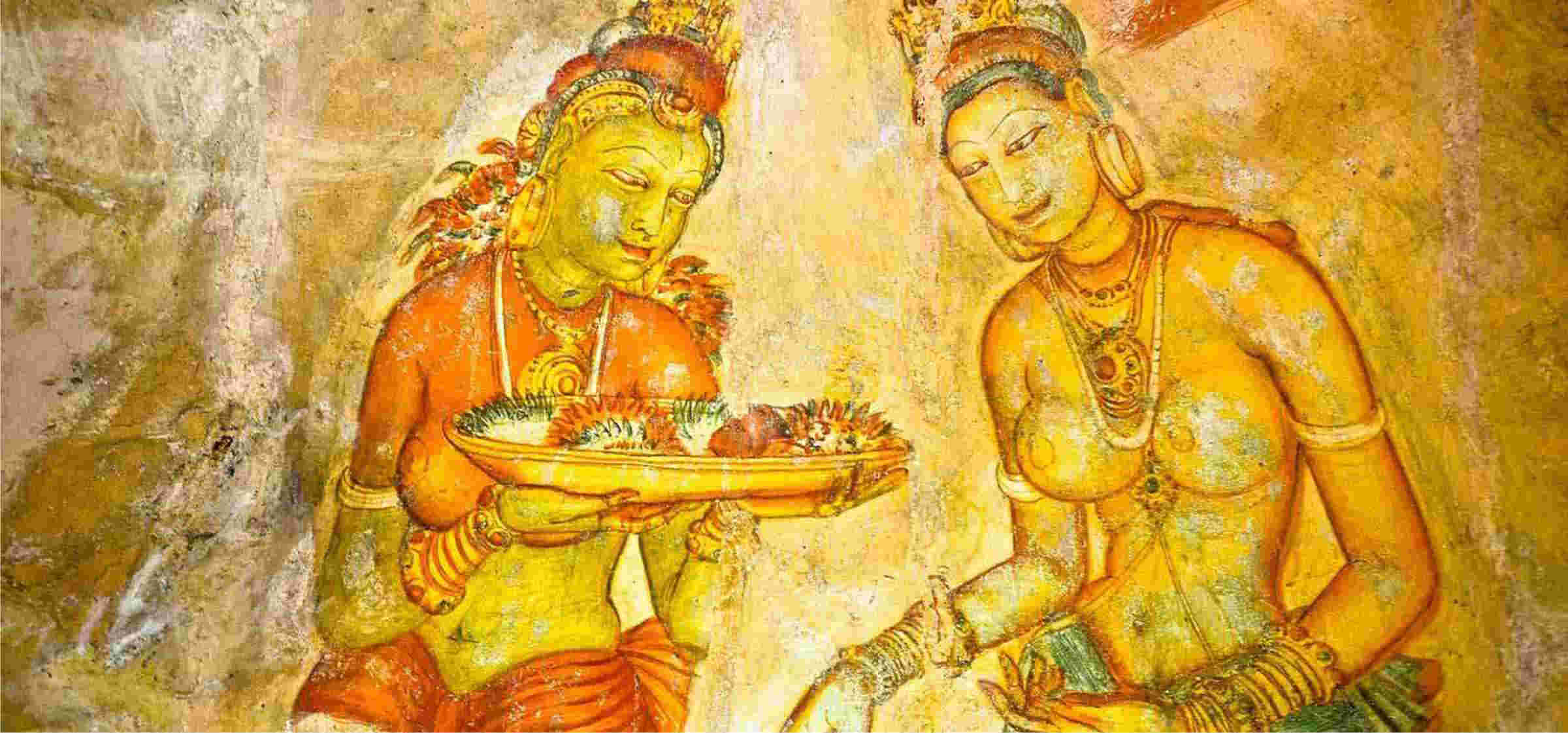
It is uniquely Sinhalese, and yet despite the authentic originality, it remains connected to the wider Sanskriti of Indic Civilization. The skilled chitrakaaras (or chitrakaarinis) of Sigiriya were obviously trained in Chitra Sastra. Their work shows the wider influence of notably Buddhist Ajanta, with the Amaravati School of Art having influenced South, South-East, and Central Asia in very obvious ways.
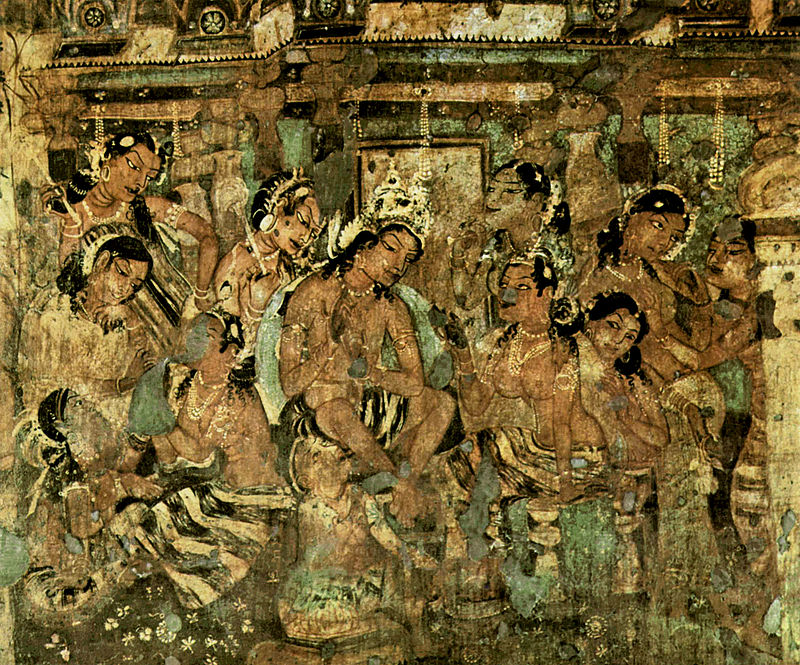
Consisting primarily of Royal ladies (dubbed Apsaras) with their ladies-in-waiting, the remarkably diaphanous (and often non-existent) bodices are etched with such charm and grace that they evoke their counterparts from the Andhra Satavahana era.
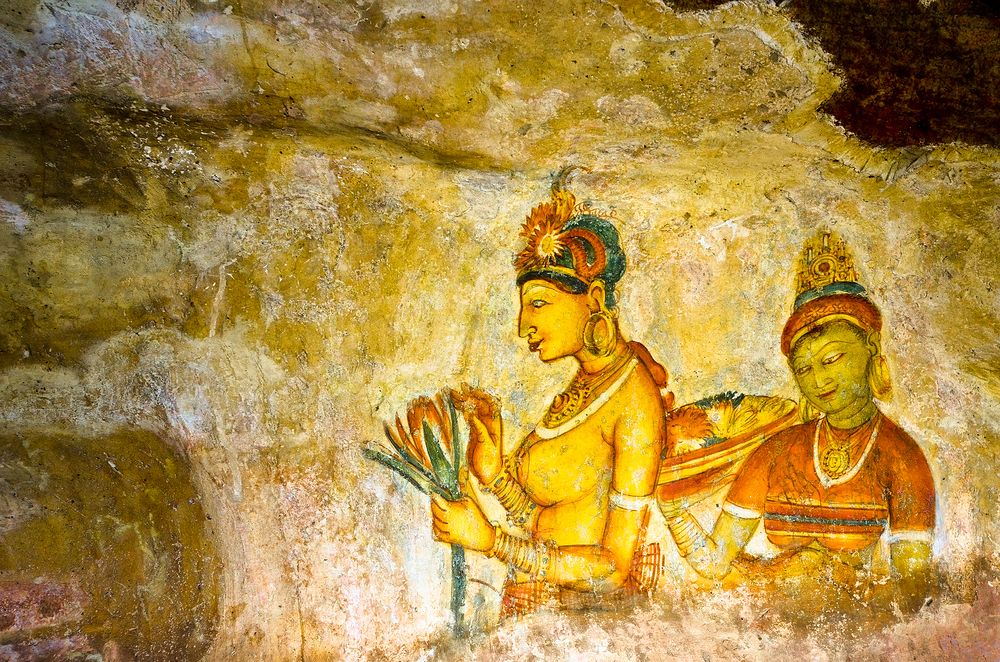
Unmistakable similarities aside, there are nevertheless key differences between the various Indian paintings and the Sri Lankan ones.
The Apsaran eyes at Sigiriya are clearly more intense. They contain an element of heavenly knowingness. Unlike Ajanta, the proportions here tend more towards an idealised realism rather than a quotidian aggrandisement.
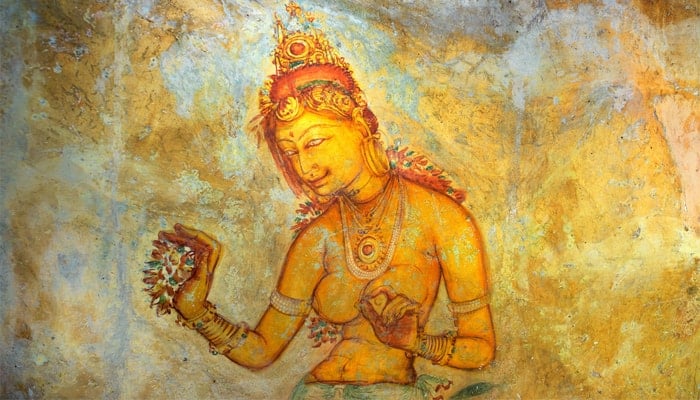
There are other artistic aspects to this Cave-Fort-Palace Complex. Along with tanks, waterways, and walls stands the remains of a “mirror wall”.
“This wall is known as ‘Katapath paura’, meaning mirror wall, due to this reflecting surface. Today, after all these years later, the shine on this wall can still be seen. Among thousands of visitors who visited Sigiriya from the 6th Century to 14th Century, inspired by the wonder they saw, they transferred their thoughts into poetry and wrote on the Mirror Wall which are preserved up to date. These are known as Sigiri graffiti and there are over 1800 pieces of prose, poetry, and commentary written by ancient tourists. ” [1]
Sri Lanka was of course an independent Kingdom at this time. Nevertheless, the wider influences from the later Imperial Pallavas, also notable for the patronage of Buddhism, can be traced.
The Ancient Sinhala would very much be at home in Ancient Aandhra or Magadha for that matter, and indeed was. Disparate countries (desas) can make up a nation, and different nations (janathas) make up a civilization. The Sinhalase janatha no doubt has its proudly independent polity of Sri Lanka today; but the cultural connection with India is inexorable.
Legacy
The #GodKing #Kashyapa #sigiriya #painting by @prasannaweerakkody.paintings #srilanka pic.twitter.com/TAz8Rcet0Z
— Bandula Jayasekara (@bundeljayse) January 23, 2019
The legacy of Sigiriya stands testament to its International notoriety to this day. The Global Tourist destination that is Sri Lanka naturally brings travelers from widespread parts of the world eager to feast on the ocular delight that is this architectural site. It is an UNESCO World Heritage Site and is frequently referred to by Lanka’s denizens as “The 8th Wonder of the World”.
“This ancient wonder of Sri Lanka was designated as a World Heritage site by UNESCO in 1982, due to its universal value expressed through ancient architecture, historical value, art, town planning, hydraulic technology, and also cultural landscape features. Since the 19th Century, with the interest of antiquarians, this heritage came to light revealing its world-renowned features.” [1]
This destination is breath-taking not only for its mountain view, but also for its art and architecture. Such grace, art, and artistry, has rarely been replicated around the world, and certainly, has not stood the test of time as has Sigiriya.
The Mysteries of The Lion Rock
Sigiriya is a historical and architectural masterpiece. With a tragic backstory and plenty of historic intrigues, the ruins will baffle you even today! Climb to the top and let your imagination soar!#Sigiriya #SoSriLanka #WorldHeritageSite pic.twitter.com/wZLttKFX8O
— Tourism Sri Lanka (@tourismlk) April 29, 2021
References:
- “Sigiriya Rock Fortress – An introduction to the ancient wonder”. Sri Lanka Archaeology. https://sigiriyatourism.com/sigiriya-history/
-
“Sigiriya”. News 9. https://www.news9live.com/knowledge/sigiriya-how-the-unesco-world-heritage-site-in-sri-lanka-has-a-history-of-treachery-206156
![[Reprint Post] On the Importance of History](https://indicportal.org/wp-content/uploads/2015/08/george-santayana-history-quotes-those-who-do-not-remember-the-past-150x150.jpg)
